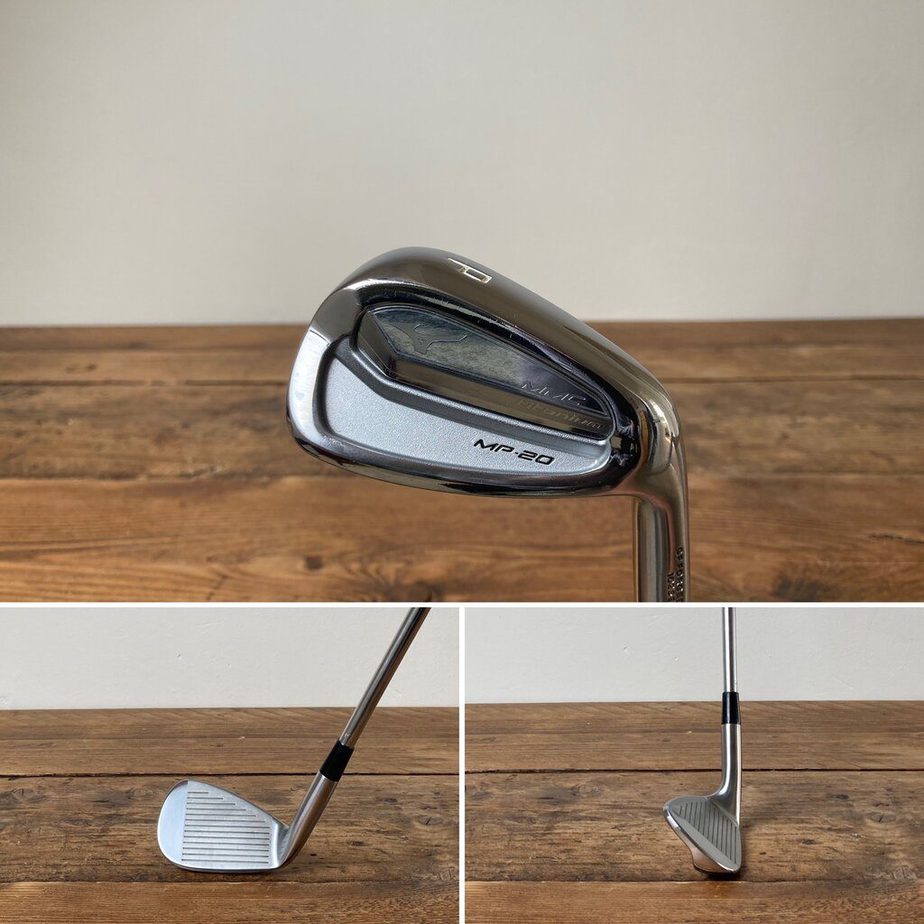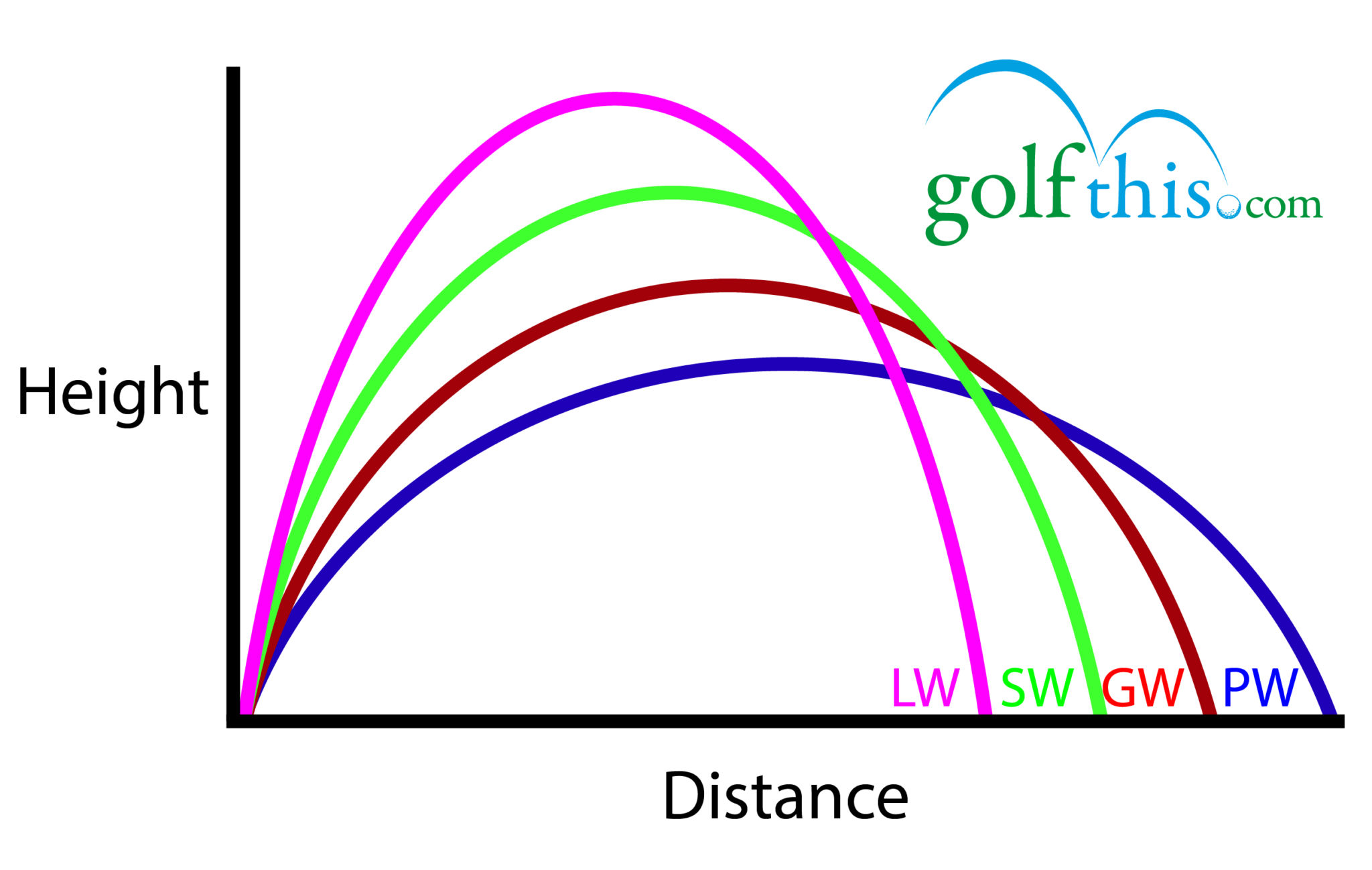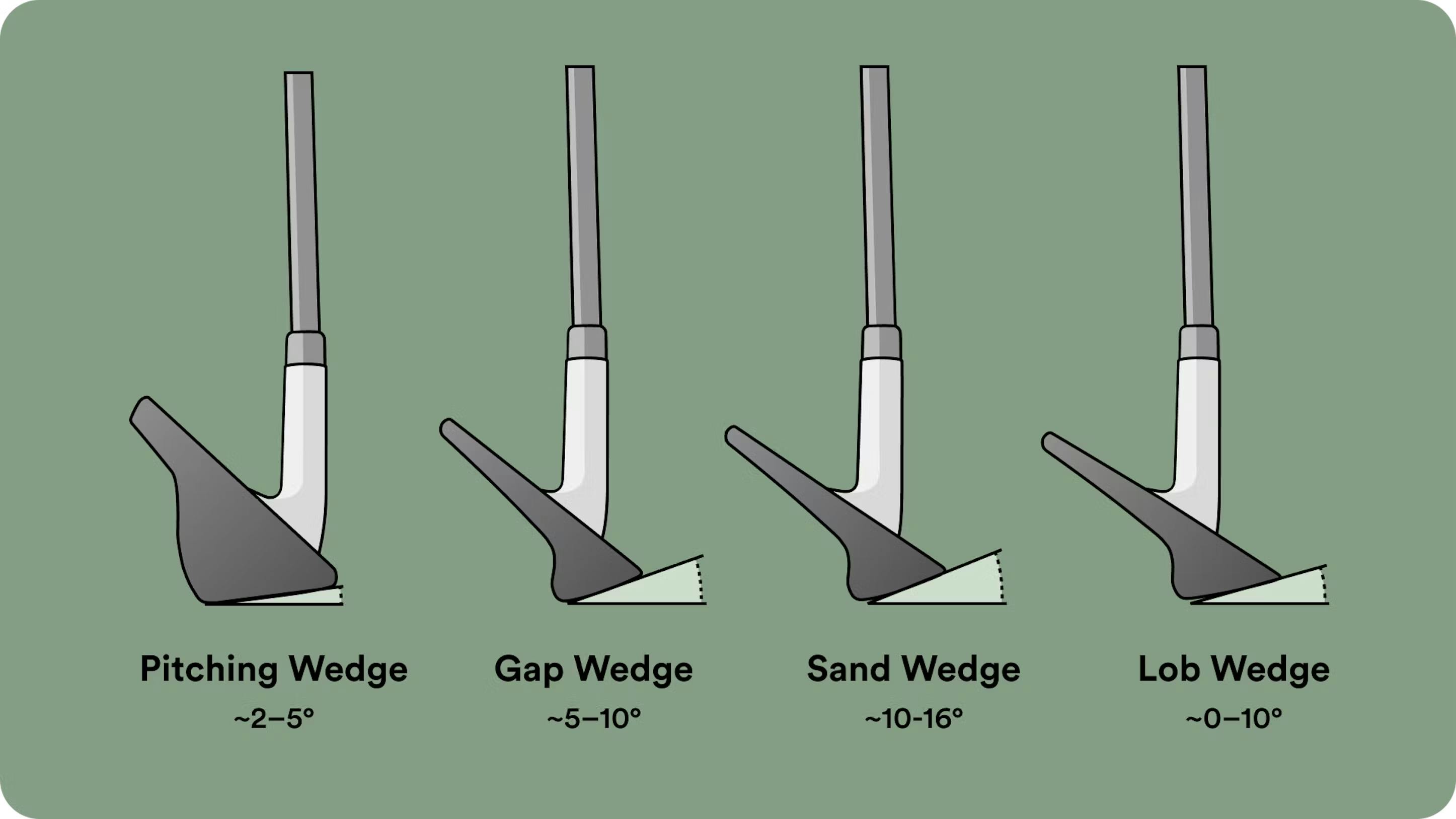Pitching Wedge Degree
Pitching Wedge Degree - Then deepen your understanding of when it's best to use each wedge. What degree is a pitching wedge? Ideally, the distance covered by a 50 degrees wedge should be between a pitching wedge and a sand wedge. What degree is a pitching wedge? This range makes it the least lofted (i.e., the flattest face) among the wedges, which means it can hit. It should cover a distance of up to 95 yards. However, the degree of loft will vary based on the type of golf club. The loft degree of a pitching wedge typically ranges from 43° to 47°. Compare the lofts of pitching, sand, lob, and gap wedges in our comprehensive chart. Generally, the loft of a pitching wedge will range in from 43 to 48 degrees.
What degree is a pitching wedge? What degree is a pitching wedge? Generally, the loft of a pitching wedge will range in from 43 to 48 degrees. This range makes it the least lofted (i.e., the flattest face) among the wedges, which means it can hit. The 50 degree wedge distance can vary. The loft degree of a pitching wedge typically ranges from 43° to 47°. Ideally, the distance covered by a 50 degrees wedge should be between a pitching wedge and a sand wedge. Compare the lofts of pitching, sand, lob, and gap wedges in our comprehensive chart. It should cover a distance of up to 95 yards. Then deepen your understanding of when it's best to use each wedge.
The loft degree of a pitching wedge typically ranges from 43° to 47°. What degree is a pitching wedge? However, the degree of loft will vary based on the type of golf club. Then deepen your understanding of when it's best to use each wedge. What degree is a pitching wedge? This range makes it the least lofted (i.e., the flattest face) among the wedges, which means it can hit. Compare the lofts of pitching, sand, lob, and gap wedges in our comprehensive chart. Ideally, the distance covered by a 50 degrees wedge should be between a pitching wedge and a sand wedge. The 50 degree wedge distance can vary. Generally, the loft of a pitching wedge will range in from 43 to 48 degrees.
What Degree Loft is a Pitching Wedge Golf Arenzano
What degree is a pitching wedge? Compare the lofts of pitching, sand, lob, and gap wedges in our comprehensive chart. Then deepen your understanding of when it's best to use each wedge. Ideally, the distance covered by a 50 degrees wedge should be between a pitching wedge and a sand wedge. This range makes it the least lofted (i.e., the.
The Ultimate (Buying) Guide to Golf Wedges Golf This
However, the degree of loft will vary based on the type of golf club. What degree is a pitching wedge? This range makes it the least lofted (i.e., the flattest face) among the wedges, which means it can hit. Generally, the loft of a pitching wedge will range in from 43 to 48 degrees. Compare the lofts of pitching, sand,.
The Ultimate Pitching Wedge Guide Everything You Need To Know The
Generally, the loft of a pitching wedge will range in from 43 to 48 degrees. The 50 degree wedge distance can vary. However, the degree of loft will vary based on the type of golf club. What degree is a pitching wedge? What degree is a pitching wedge?
What Degree Is A Pitching Wedge? The Independent Golfer
The loft degree of a pitching wedge typically ranges from 43° to 47°. Then deepen your understanding of when it's best to use each wedge. Generally, the loft of a pitching wedge will range in from 43 to 48 degrees. Ideally, the distance covered by a 50 degrees wedge should be between a pitching wedge and a sand wedge. The.
Pitching Wedge Distance Chart
This range makes it the least lofted (i.e., the flattest face) among the wedges, which means it can hit. Compare the lofts of pitching, sand, lob, and gap wedges in our comprehensive chart. What degree is a pitching wedge? It should cover a distance of up to 95 yards. Generally, the loft of a pitching wedge will range in from.
Approach wedge degree ukrainechange
The 50 degree wedge distance can vary. It should cover a distance of up to 95 yards. What degree is a pitching wedge? Then deepen your understanding of when it's best to use each wedge. This range makes it the least lofted (i.e., the flattest face) among the wedges, which means it can hit.
A Gap Wedge Online
This range makes it the least lofted (i.e., the flattest face) among the wedges, which means it can hit. Ideally, the distance covered by a 50 degrees wedge should be between a pitching wedge and a sand wedge. Generally, the loft of a pitching wedge will range in from 43 to 48 degrees. It should cover a distance of up.
Wedge Guide Bounce, Grind & Other Things Engineered Golf
This range makes it the least lofted (i.e., the flattest face) among the wedges, which means it can hit. It should cover a distance of up to 95 yards. What degree is a pitching wedge? Ideally, the distance covered by a 50 degrees wedge should be between a pitching wedge and a sand wedge. Generally, the loft of a pitching.
You Asked What Degree Is A Pitching Wedge? MyGolfSpy
What degree is a pitching wedge? Then deepen your understanding of when it's best to use each wedge. Compare the lofts of pitching, sand, lob, and gap wedges in our comprehensive chart. The loft degree of a pitching wedge typically ranges from 43° to 47°. What degree is a pitching wedge?
What Degree is a Pitching Wedge? Understanding Golf Wedges!
The loft degree of a pitching wedge typically ranges from 43° to 47°. It should cover a distance of up to 95 yards. Compare the lofts of pitching, sand, lob, and gap wedges in our comprehensive chart. What degree is a pitching wedge? Then deepen your understanding of when it's best to use each wedge.
Then Deepen Your Understanding Of When It's Best To Use Each Wedge.
What degree is a pitching wedge? What degree is a pitching wedge? Generally, the loft of a pitching wedge will range in from 43 to 48 degrees. It should cover a distance of up to 95 yards.
The Loft Degree Of A Pitching Wedge Typically Ranges From 43° To 47°.
This range makes it the least lofted (i.e., the flattest face) among the wedges, which means it can hit. Compare the lofts of pitching, sand, lob, and gap wedges in our comprehensive chart. However, the degree of loft will vary based on the type of golf club. The 50 degree wedge distance can vary.









